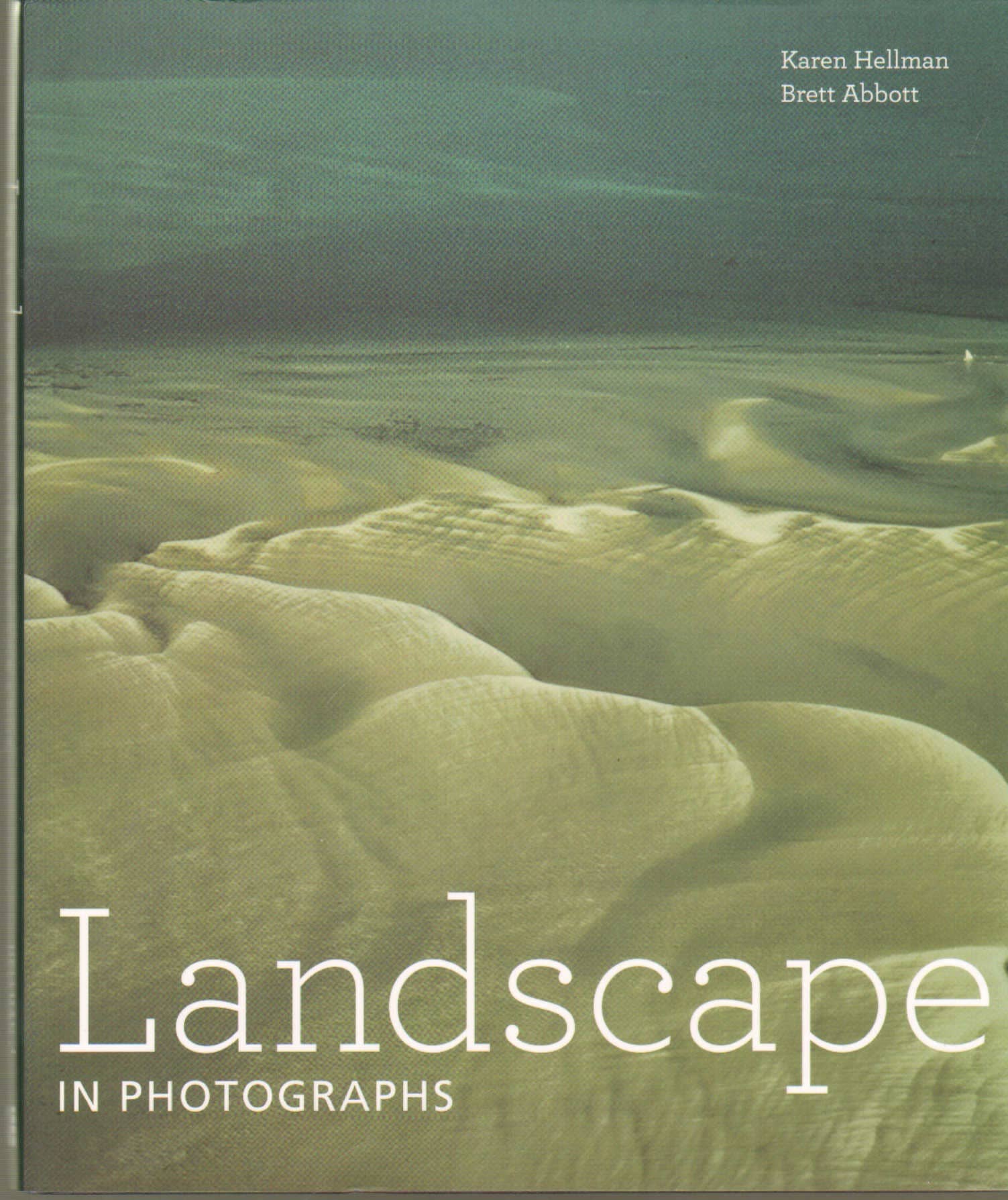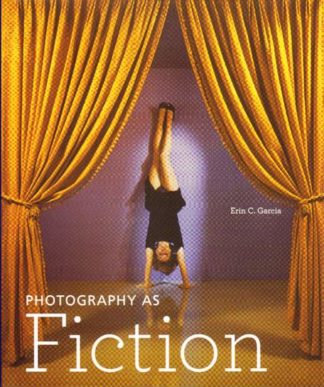Comme les peintres et les dessinateurs avant eux, les photographes se sont tournés vers le paysage comme source d’inspiration après l’invention du médium en 1839. Depuis lors, l’évolution des mouvements artistiques et les progrès techniques ont permis aux photographes d’aborder le sujet de manières diverses et imaginatives. , comme l’illustre le large éventail d’œuvres de la vaste collection du J. Paul Getty Museum in Landscape in Photographs.
Jusqu’au XIXe siècle, le paysage n’était considéré que comme la toile de fond d’un sujet principal, mais avec la montée de l’industrialisation, les milieux naturels sont devenus de plus en plus rares dans la vie urbaine et, par conséquent, plus valorisés et fréquemment représentés. Les photographes en plein air ont enregistré des paysages proches et lointains, tandis que des pictorialistes, tels qu’Edward Steichen et Imogen Cunningham, ont ajouté une résonance émotionnelle au paysage avec leur style pictural. Au cours du vingtième siècle, les objectifs d’Edward Weston, d’Ansel Adams et de Minor White ont découvert des lignes, des nuances et des textures, et le paysage est devenu une création de tons riches et de compositions graphiques. Des artistes tels que Harry Callahan et Aaron Siskind sont allés plus loin et ont recadré la nature en images purement abstraites ; sous la direction de Karen Hellman et Brett Abbott, photos en n.b. et en couleurs,
Landscape in Photographs accompagnait l’exposition In Focus: Picturing Landscape, présentée au Getty Center du 22 mai au 7 octobre 2012.
Karen Hellman est conservatrice adjointe au Département des photographies du J. Paul Getty Museum. Brett Abbott est conservateur de la photographie au High Museum of Art d’Atlanta et auteur de Engaged Observers : Documentary Photography Since the Sixties (Getty Publications, 2010).
Like painters and draftsmen before them, photographers turned to the landscape as a source of inspiration after the invention of the medium in 1839. Since then, changing artistic movements and technical advancements have provided opportunities for camera artists to approach the subject in diverse and imaginative ways, as illustrated by the wide range of works from the extensive collection of the J. Paul Getty Museum in Landscape in Photographs.
Until the nineteenth century, landscape was seen merely as a backdrop to a main subject, but with the rise of industrialization, natural settings became increasingly rare in urban life and, therefore, more valued and frequently represented. Plein air photographers recorded landscapes near and far, while Pictorialists, such as Edward Steichen and Imogen Cunningham, added emotional resonance to the scenery with their painterly style. During the twentieth century, the lenses of Edward Weston, Ansel Adams, and Minor White discovered lines, shades, and textures, and the landscape became a creation of rich tones and graphic compositions. Artists such as Harry Callahan and Aaron Siskind went further and cropped nature into purely abstract images.
Landscape in Photographs accompanied the exhibition In Focus: Picturing Landscape, on view at the Getty Center May 22 through October 7, 2012.
Karen Hellman is assistant curator in the Department of Photographs at the J. Paul Getty Museum. Brett Abbott is curator of photography at the High Museum of Art in Atlanta and the author of Engaged Observers: Documentary Photography Since the Sixties (Getty Publications, 2010).
“[The book] provides a broad, cogent overview of landscape photography’s history at the nexus of shifting environmental concerns and technological developments.” —Art Libraries Society of North America
“Landscape photography has a rich and diverse history that reveals much about the development of the medium since its birth in 1839. The images in Landscape in Photographsrepresent these varied and imaginative styles, covering everything from the blurry but instrumental photographs of the 1840s to the abstract and thought-provoking output of the 1960s and 70s, and beyond.” —Outdoor Photography
“Like painters and draftsmen before them, photographers turned to the landscape as a source of inspiration after the invention of the medium in 1839. Since then, changing artistic movements and technical advancements have provided opportunities for camera artists to approach the subject in diverse and imaginative ways, as illustrated by the wide range of works from the extensive collection of the J. Paul Getty Museum in Landscape in Photographs.” —Eyes In







